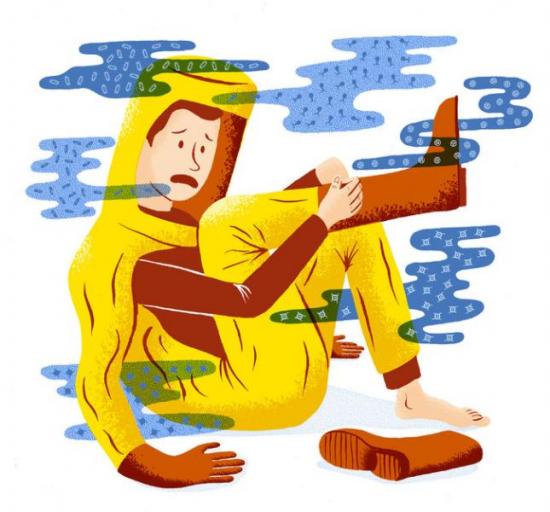You are here
The Ebola Crisis Was Terrible. But Next Time Could Be Much Worse.

NEW YORK TIMES OPINION PAGE by Bill Gates March 18, 2015
(Scroll down for fuller Bill Gates article in the New England Journal of Medicine)
SEATTLE — The Ebola epidemic in West Africa has killed more than 10,000 people. If anything good can come from this continuing tragedy, it is that Ebola can awaken the world to a sobering fact: We are simply not prepared to deal with a global epidemic.
Of all the things that could kill more than 10 million people around the world in the coming years, by far the most likely is an epidemic. But it almost certainly won’t be Ebola. As awful as it is, Ebola spreads only through physical contact, and by the time patients can infect other people, they are already showing symptoms of the disease, which makes them relatively easy to identify.
Other diseases — flu, for example — spread through the air, and people can be infectious before they feel sick, which means that one person can infect many strangers just by going to a public place. We’ve seen it happen before, with horrific results: In 1918, the Spanish flu killed more than 30 million people. Imagine what it could do in today’s highly mobile world.
Much of the public discussion about the world’s response to Ebola has focused on whether the World Health Organization, the Centers for Disease Control and Prevention and other groups could have responded more effectively. These are worthwhile questions, but they miss the larger point. The problem isn’t so much that the system didn’t work well enough. The problem is that we hardly have a system at all.
Read complete article.
Read fuller article
THE NEW ENGLAND JOURNAL OF MEDICINE PERSPECTIVES by Bill Gates March 18, 2015



Comments
Ebola: One Year On, More Prevention Needed
Cases of the epidemic are now thankfully on the wane. But we must remain vigilant.
THE WALL STREET JOURNAL OPINION by Seth Berkley and Jeremy Farrar March 19, 2015
....Until we can develop some way to fund research and development related to likely future epidemics and test new drugs and vaccines swiftly during epidemics, we will remain vulnerable to outbreaks. We need to stop waiting until we see evidence of an infectious disease becoming a global threat before we treat it like one.
The medical and scientific community needs to continue identifying other potential disease threats, and develop the necessary tools to estimate how big a risk they pose. There are probably more than a dozen known diseases, including other haemorrhagic fevers like Marburg and Lassa fever, or henipavirus, for which markets are unlikely to ever exist but which could cause Ebola-style crises in the future. There is already modelling to identify the most significant threats: Risk factors include diseases caused by RNA viruses, and diseases that are endemic in animal populations, especially when these have close contact with humans.
We also need further research into the biology of such diseases....
Read complete article.
http://www.wsj.com/articles/seth-berkley-and-jeremy-farrar-ebolaone-year-on-1426709020